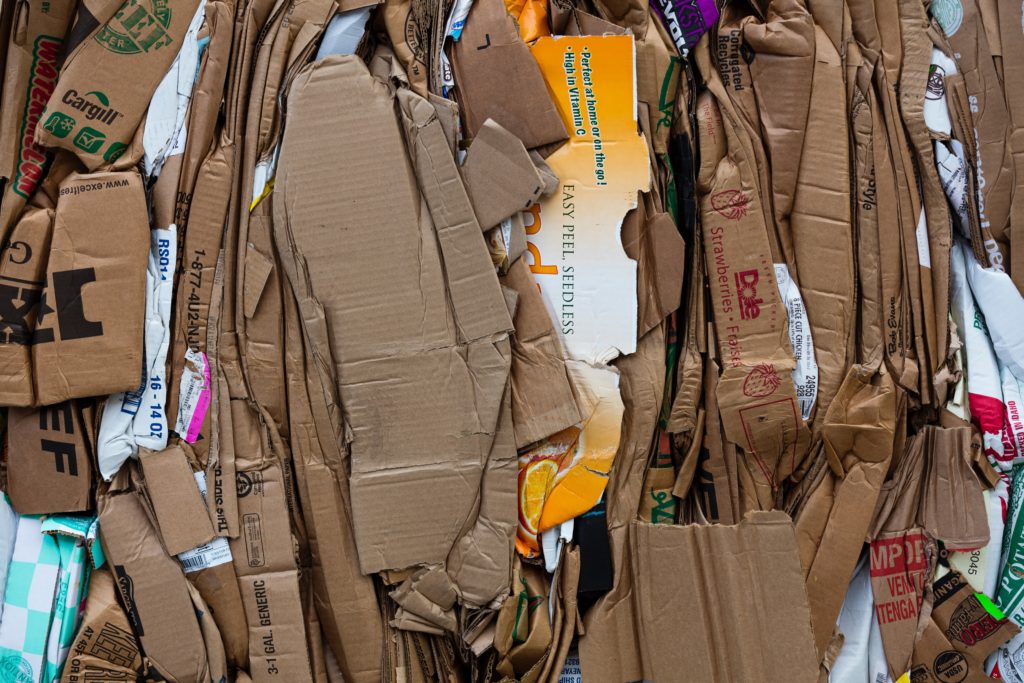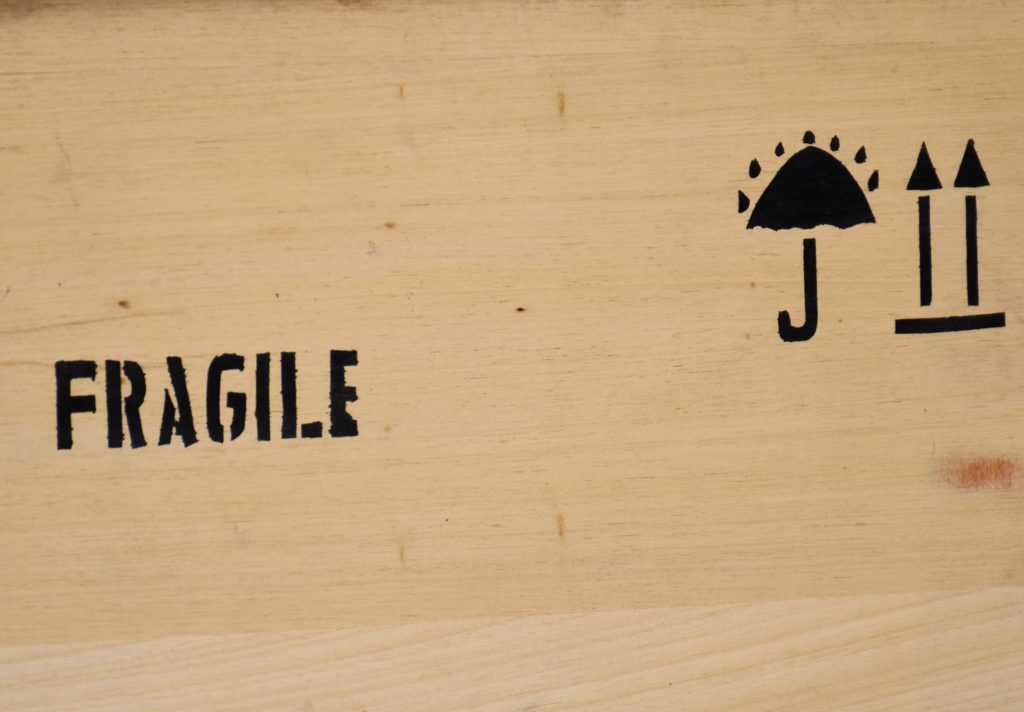Have you ever ordered something online, were extremely excited for it to arrive, only to be extremely disappointed when you opened the box and the item was damaged? We’ve been there too. It’s a terrible customer experience, and although a lot of the blame from customers here is often placed on the shipping carrier (those FedEx vs UPS vs USPS memes come to mind), us sellers need to take responsibility over this experience. It is often completely preventable if we take the right precautions, and if we want to create positive experiences for our customers, we need to get it right.
Of course, this is easier said than done. Packaging your product properly is critically important, but shipping products can be tough, and shipping fragile items can be even tougher! Over the course of your reselling career, it’s almost impossible that you will have zero damages whatsoever, unless you spend a lot of time and money and take the utmost care. For most of us, we will unfortunately run into it at some point. But our job is to reduce that likelihood as much as possible.
So what can we do? Here are three tips to protect your product throughout the entire process.
Avoid Cheap Packaging Materials
I know, I know – you are probably thinking “Duh…this goes without saying”. But we need to be clear on this point, because there are so many resellers out there that ignore it. In many of the communities we participate in, we see resellers posting pictures of their outgoing packages, and many of them are low quality boxes or cheap bubble mailers. The big mistake that we see people make here is not using actual shipping supplies, and instead using product boxes or similar. Aside from being full of branding, product packaging rarely has the durability needed to withstand the harsh journey through the postal service. Please don’t be that seller! Your box needs to be sturdy, strong, and structurally designed to support the specifications of your product.
Avoid Over-Used Materials
It’s extremely important to use a box that is not too beat up, too. A new and unused box gives the most security. You may not realize it, but boxes lose a ton of their structural stability each time they are used. If you want to recycle or use boxes that you get for free, aim for gently used boxes and try to avoid anything that has already seen a ton of use. Better quality boxes make a difference here, too. If the box was cheap and flimsy the first time it was shipped, you should re-consider recycling the box for your shipping needs. Better to be safe than sorry, particularly if you are shipping an expensive or fragile item!

Box Size is Crucial
This one is critical, but often not taken seriously enough. Your box or envelope should have the right dimensions for the item. Sounds basic, but as all new sellers unfortunately come to realize, it’s tricky to handle this. Depending on what you sell, you may need to have multiple different sized boxes available, which can be expensive and may be a scary investment in the beginning. It’s important though to make sure you don’t use over-sized boxes for your items, particularly if they are fragile.
Many sellers therefore will adjust a larger box to make it a better fit for their item, e.g. by using a box cutter. The term ‘frankenbox’ is commonly used for this, and fitting! It’s a good approach if you have no alternative, as it can make sure that there is not too much extra empty space in the box, but note that when you do this the box will lose a lot of its structure. This makes it less capable of withstanding a lot of pressure. It should only be done as a last resort, and it’s a much better idea to invest up front in boxes that are most likely to fit all of the different type of items that you sell.
Not to mention, customizing boxes when you are shipping stuff out is a huge time sink. The cost savings you thought you made by not buying those boxes is now lost because of the extra time you need to take to ship your items out.
Fill the Empty Space
Regardless of how good a fit your boxes are for your items, there’s likely going to be empty space in some cases. No space should be left between items or between the items and the sides of the box if possible. It is worth saving any extra packing material you have lying around the house to use as box filler to solve this problem. If you are selling a handful of items per day, you may not need to buy any extra box filling material, and may get away with recycling stuff you already have. Save the air cushions you receive when you receive Amazon items, for example. Use old newspapers (but beware of the weight increase as a result). If you buy a new TV, save the foam from the packaging, and use that.
As your business grows, eventually you will need to buy packing material to speed up your workflows. At this point it is important to think carefully about your products. Choose a packaging material with enough thickness to fill empty spaces and provide a reasonable cushion to ensure that the product will not move freely inside the box. Styrofoam peanuts are okay for any material, but are tricky to store. For hefty, fragile, or pointy objects, bubble wrap is a better choice anyway, and easier to use.
Write a Note on the Box
Many people will only write “Fragile” on a box if it contains glass, porcelain, or similarly fragile items. It’s worth doing this more frequently, however, when you are a reseller. Write “Fragile” or “Handle With Care” on the box when needed to give some extra protection by guiding the postal service to treat the box with more care. Just don’t do it on every package or they may not believe you!Put “Handle With Care” or “Fragile” on your box if the item needs an extra protection.

Shipping Insurance
For more valuable items, it may be worth paying extra for insurance. This cost can be added to the shipping or handling charge on your selling platform if needed, and it will give an extra layer of confidence when shipping expensive items. Even with all the care in the world when packaging your items, you’ll never know what could go wrong, and secure packaging doesn’t help when it comes to packages getting lost in transit. For more customers paying high prices, parcel insurance can provide peace of mind, and can help to avoid that dreaded negative feedback by ensuring you have the cash flow needed to refund the customer if an item gets lost.
Following these simple tips will help you reduce damage to your products and your packaging while increasing customer satisfaction. It is worth investing some extra attention to create strong processes in this area, and over time with some care, it’s possible to avoid damaged items arriving to your customers, which will have a positive impact on customers’ perception of your brand.
If you found this useful, check us out on Instagram (@resellingtips) where we share frequent quick tips to help resellers.
Do you have any other tips for securely packaging your items during shipping? Let us know in the comments below!
